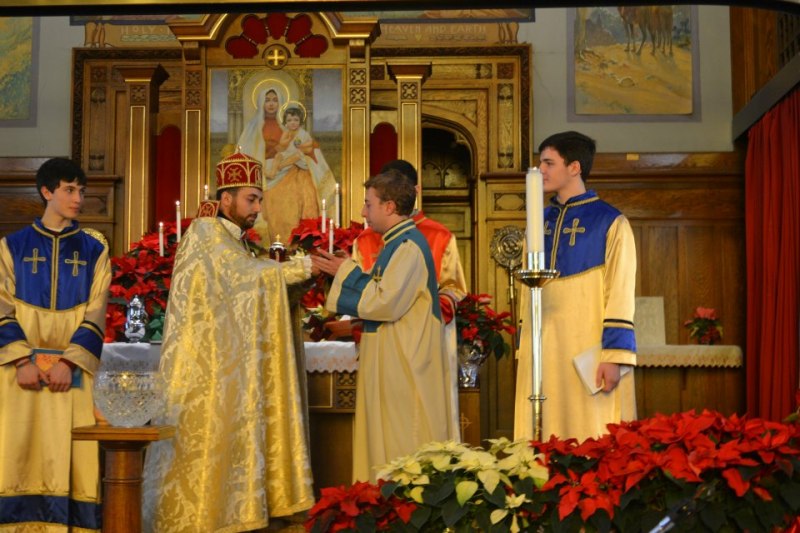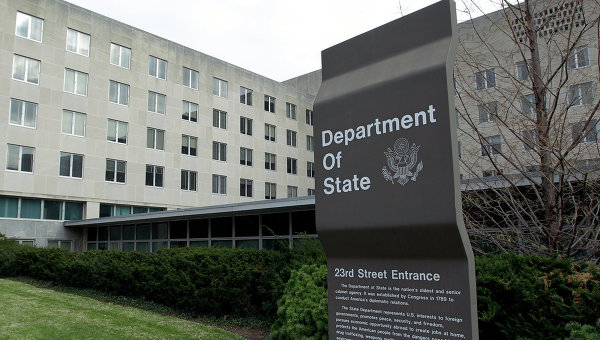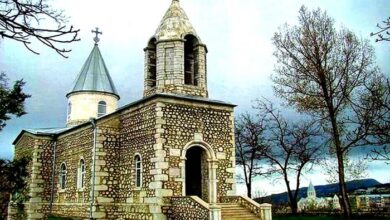
Gayane Gasparyan
Minnesota, US
The Armenian communities of Russia and the US are the largest of more than 80 communities scattered around the world. Although Armenians of the US are mostly centered in California, some live in other States.
Armenians have been able to maintain their culture and identity in some states, but have failed to do so in others.
The first Armenian families settled in Minnesota after the Armenian Genocide. They were later jointed by refugees from Azerbaijan, Iraq and Egypt. Besides, the State is home to a number of young Armenian scholars working in the University of Minnesota.
Whether a jeweler, carpet-maker, architect, economic, physicist, translator or musician, every Armenian has found a unique way to establish himself on this foreign soil, to earn a living for his/her family and raise the children. They gradually lose the language and traditions to this or that extent.
“Not all of 300-400 Armenian families in Minnesota have managed to preserve their traditions and identity. This is a foreign country, and Armenians here face the threat of assimilation. About 80 families maintain close ties with the Armenian Church,” said Rev. Fr. Tadeos Barseghyan, pastor of the Armenian St. Sahag Church.
The Church has been functioning in the city of Saint Paul for more than 10 years now. Its architecture is not Armenian. Armenians changed only the interior as they purchased it in December 2000. The Church had no permanent priest until it welcomed Fr. Tadeos Barseghyan eight months ago, who immediately undertook to unite the community.
We are organizing different events trying to return people to their roots, Fr. Tadevos said. The results are obvious. More and more people attend Sunday services every week, he added.
As the adults are attending the Sunday service, Christine Afrikyan, Gayane Manukyan and Ani Gasparyan are teaching Armenian to children, while Lidia Tonoyan is teaching history of religion.
After the service they gather at a dining table at the Church hall. One of the families brings the meals every week. The enviable unity of these 80 families finds its expression in other aspects, as well. If any of them faces difficulties, others lend a helping hand and try to help to the extent possible.
“Next year we want to organize pilgrimage to Armenia; this will reinforce the ties with the Motherland. A group of Armenians is visiting the Motherland every year, but that circle should be expanded. This will inspire many. If the initiative succeeds, we’ll make it a tradition,” Fr. Tadeos Barseghyan said.
There is an Armenian cultural organization and a dance group in Minnesota. The community often organizes concerts, festivals and Armenian cuisine exhibitions.
The Church is cooperating with the cultural center. “We have to join our efforts to achieve better results on foreign soil,” Fr. Tadeos said.








